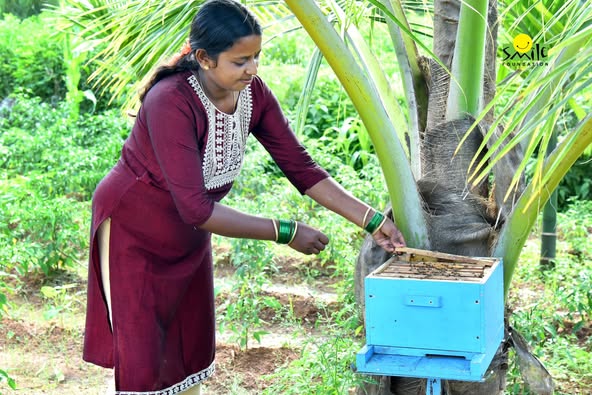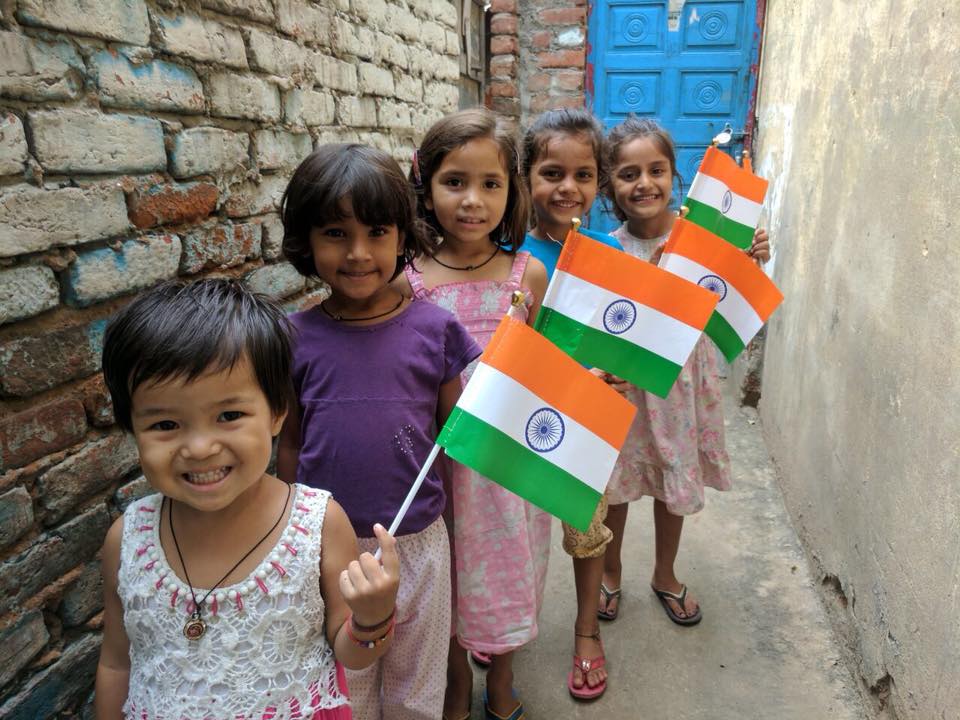The world will take another 134 years to achieve the goals of SDG-5 with complete gender parity – way beyond the benchmark for 2030. And for India, the progress is seen to be quite slow.
India has been historically entrenched in complex gendered roles that are deep-rooted in its traditions and culture. A country that has witnessed fierce women political leaders setting examples and worshipping female goddesses has been simultaneously bound by rigid gendered stereotypes, laying out many challenges in its path of growth and development. The Covid-19 pandemic was a big reveal of the fragility of Indian women, when the harm was not only limited to the fall in their labour participation but the double whammy of managing jobs and household chores while the world struggled to stay alive within the confines of their homes.
In the 2024 World Economic Forum’s Global Gender Gap Report, which looks at gender equality worldwide, India ranked 129th among 146 nations, slipping two places from the previous year. India closed 64.1 per cent of its gender gap, leaving massive room for policymakers and leaders to do better with gender-responsive/inclusive policies. According to the report, the “slight regression” is primarily due to “small declines” in education and political empowerment. However, the report shows that women’s economic participation has improved in the last few years, but much more must be done.
Gender disparity
In the past few years, there has been a transformative shift in India’s gender approach, with a few upticks in wage parity between males and females. However, women continue to lack equal representation in leadership roles across practices. India ranks near the bottom with less than 40% parity in the WEF report on providing equal access for men and women to economic participation and opportunity.
Another concern about gender equality lies in India’s health performance. Although there has been an improvement in the sex ratio at birth, girls continue to die more than boys. Rather, India is the only large country where the fatality rate for girls is higher than for boys. Due to its social norms and practices, girls in low-income settings are exposed to the possibility of child marriage, teenage pregnancy, child domestic work, poor education and health, sexual abuse, exploitation, and violence. Many of these manifestations will not change unless girls are valued more and given equal education opportunities.
Unequal access to education continues to yield perpetual gender inequality in the economy. Women do so much unpaid work at home that many lack the time and energy to pursue paid employment. Providing females with a job-assured education is the first step to enhancing all development indicators, including nutrition, and breaking the vicious cycle of early marriage, which leads to poor maternal and child health.
But it all begins at home…
Family and home are the first social environments a child encounters; it’s where values, attitudes, and behaviours are initially learned. The family’s influence is particularly critical for learning and unlearning gender roles.
According to the Organisation for Economic Cooperation and Development, Indian women spend 352 minutes daily on housework, 577% more than males, who contribute only 52 minutes.
The structured gender roles in Indian families have frequently confined women to an environment ruled by predominant patriarchy. While each family member is expected to play a specific role, such functions are typically defined by an individual’s gender and society’s perception of gender identity. Females are mainly constrained to in-house activities that are deemed ‘feminine’, whilst males are expected to conduct roles that require them to leave the domestic setting, which is associated with ‘masculinity’.
The most typical roles and duties assumed for women are ‘caregiver’ and ‘nurturer’. Such defined roles inside the complex caste systems of India restrict individuals’ freedom to act on their initiative. They exemplify their behaviour by teaching them that they will only be validated in the family or society if they comply with society’s assigned duties.
According to a recent Pew Research poll, approximately nine out of ten Indians believe that a wife must always obey her husband, with nearly two-thirds agreeing. According to the study done between late 2019 and early 2020, Indian women are just slightly less likely than Indian men to say they agree that wives should always obey their husbands (61% vs. 67%). Many Indians express egalitarian views toward some gender roles in the home. For instance, 62% of adults say both men and women should be responsible for caring for children. However, traditional gender norms still hold sway among large segments of the population. Roughly a third of adults (34%) feel that childcare should be handled primarily by women.
Dispelling gender roles and norms
In India, conventional gender norms frequently constrain both girls and boys to preset roles and expectations. Promoting gender equality involves a concerted effort to question and dispel these long-held misconceptions. Parents and carers must actively encourage female children to pursue various hobbies and passions within households, while boys should also be included in carrying out household chores. Girls should be able to pursue their interests without being constrained by gender stereotypes or societal expectations, whether in sports, the arts, science, or other fields. Such practices promote the growth of well-rounded, confident persons not limited by obsolete norms.
Parents and carers are important in promoting gender equality within their families. To begin this path, they must be educated about the critical importance of gender equality and the numerous benefits it provides. Understanding the significance of this notion empowers parents and carers to guide their children successfully. Workshops, seminars, and awareness campaigns on gender equality can provide great learning and growth opportunities. These activities convey knowledge and promote introspection, urging parents and carers to consider how their actions, words, and attitudes affect the development of girl children.
What is Smile Foundation doing to close the gender gap?
Smile Foundation aims to empower women and girls through holistic educational and vocational training programmes. During the fiscal year 2022-2023, the organization supported more than 44,000 girls through vocational training to improve their employability and economic independence.
An integral part of this initiative is Project Manzil, which provides counseling and training in employability skills to girl adolescents. Project Manzil targets a number of vocational streams such as Information Technology, health care, beauty and wellness, security, retail, automobiles, apparel, home furnishing, agriculture, tourism and hospitality, and electrical and electronics. Working with schools, students, and industry associations, Project Manzil aims at enabling girls to achieve their educational and career objectives.
Complementing these efforts, the Swabhiman initiative, launched in 2005, targets women’s empowerment by intervening in nutrition, health, and livelihood. An important part of Swabhiman is financial literacy in the digital domain, which provides women with the awareness and capability to effectively utilize the digital financial ecosystem. This covers training on online banking, mobile payments, budgeting tools, and secure online transactions. The initiative appreciates that mothers with financial literacy will encourage their offspring to be prudent when dealing with money, promoting a culture of fiscal prudence among families.
Through these programmes, Smile Foundation seeks to close the gender gap in financial literacy, contribute to economic growth, and bring about the well-being of families by empowering women to make informed financial choices and become financially independent.










